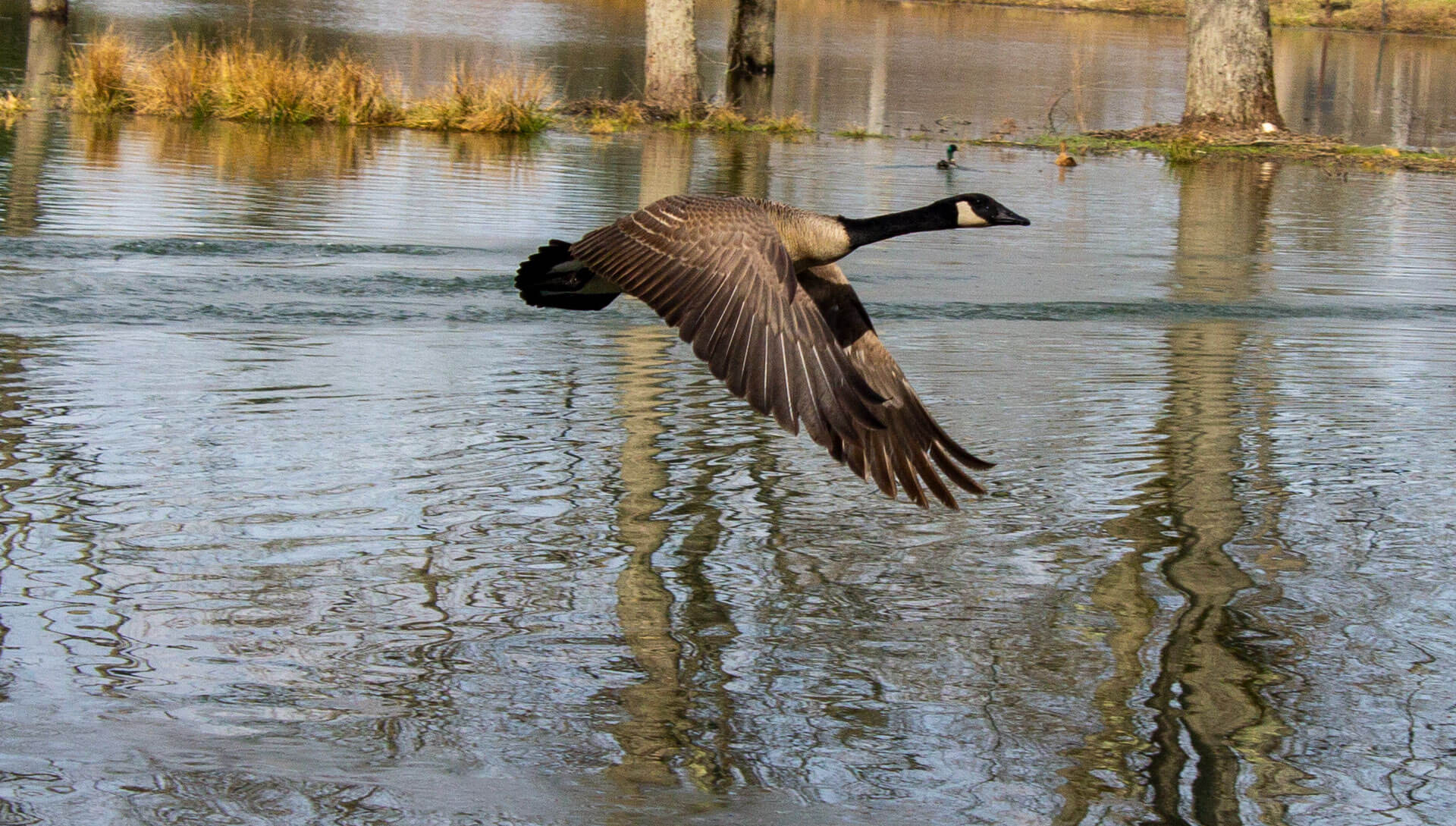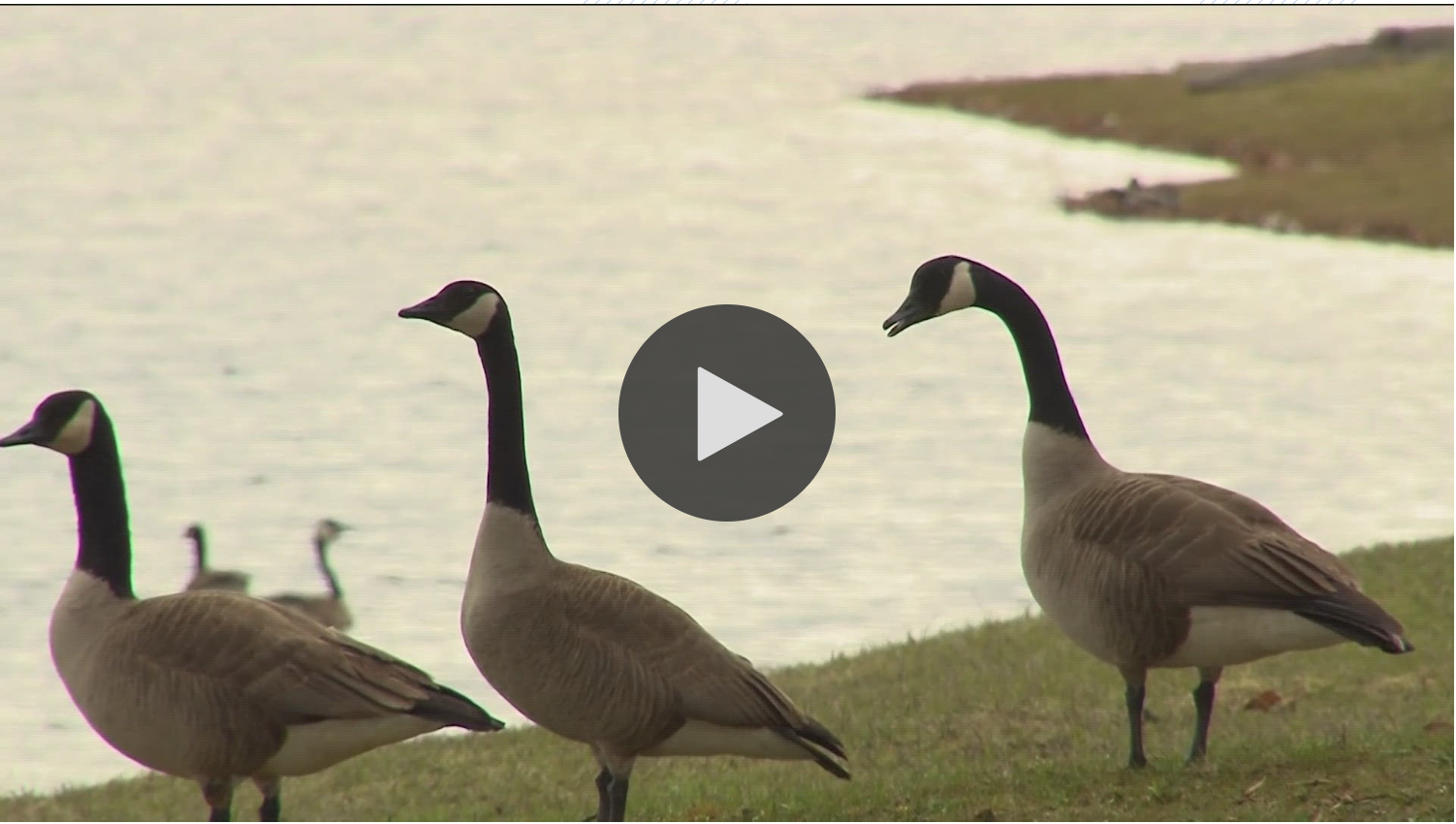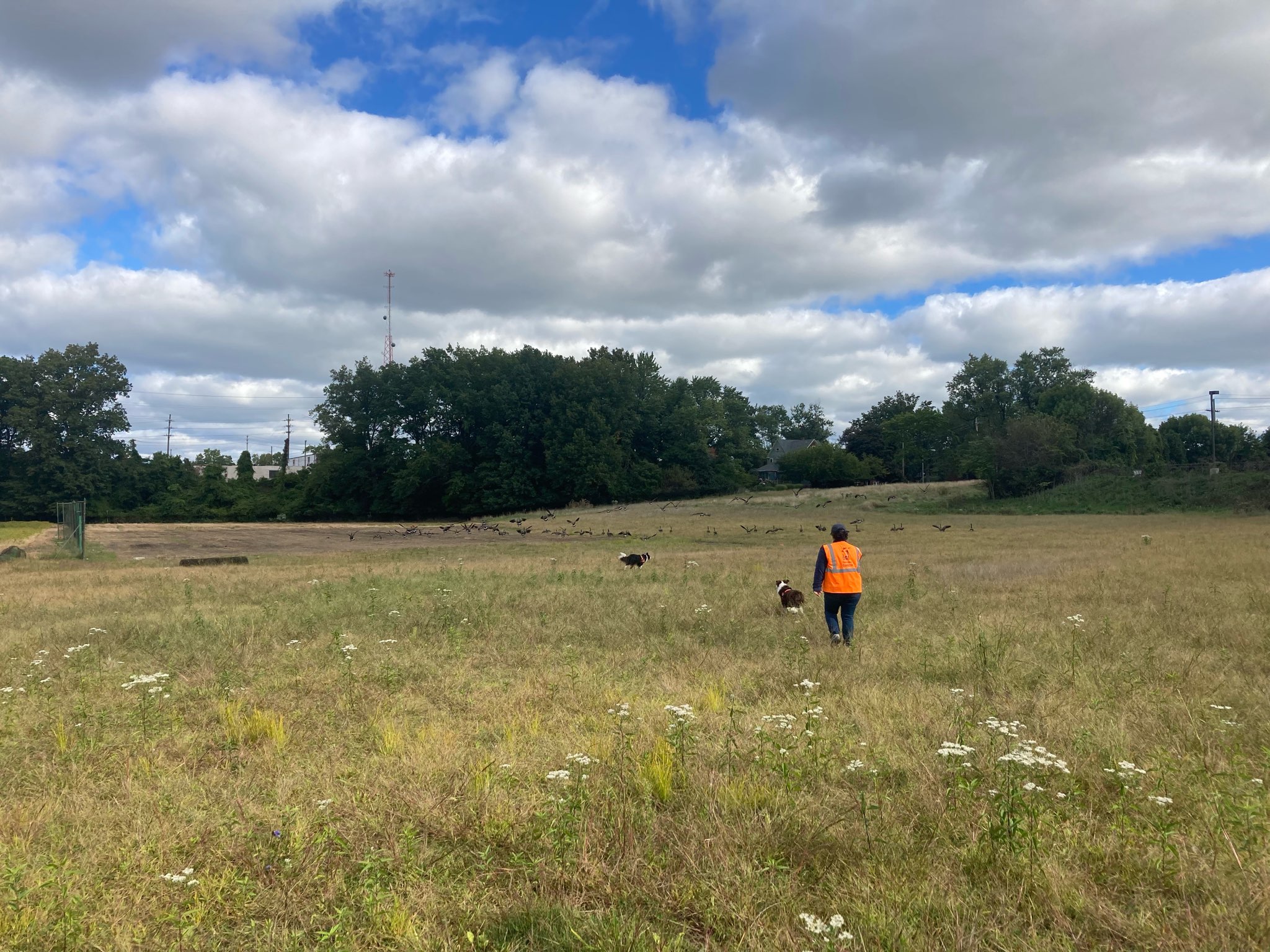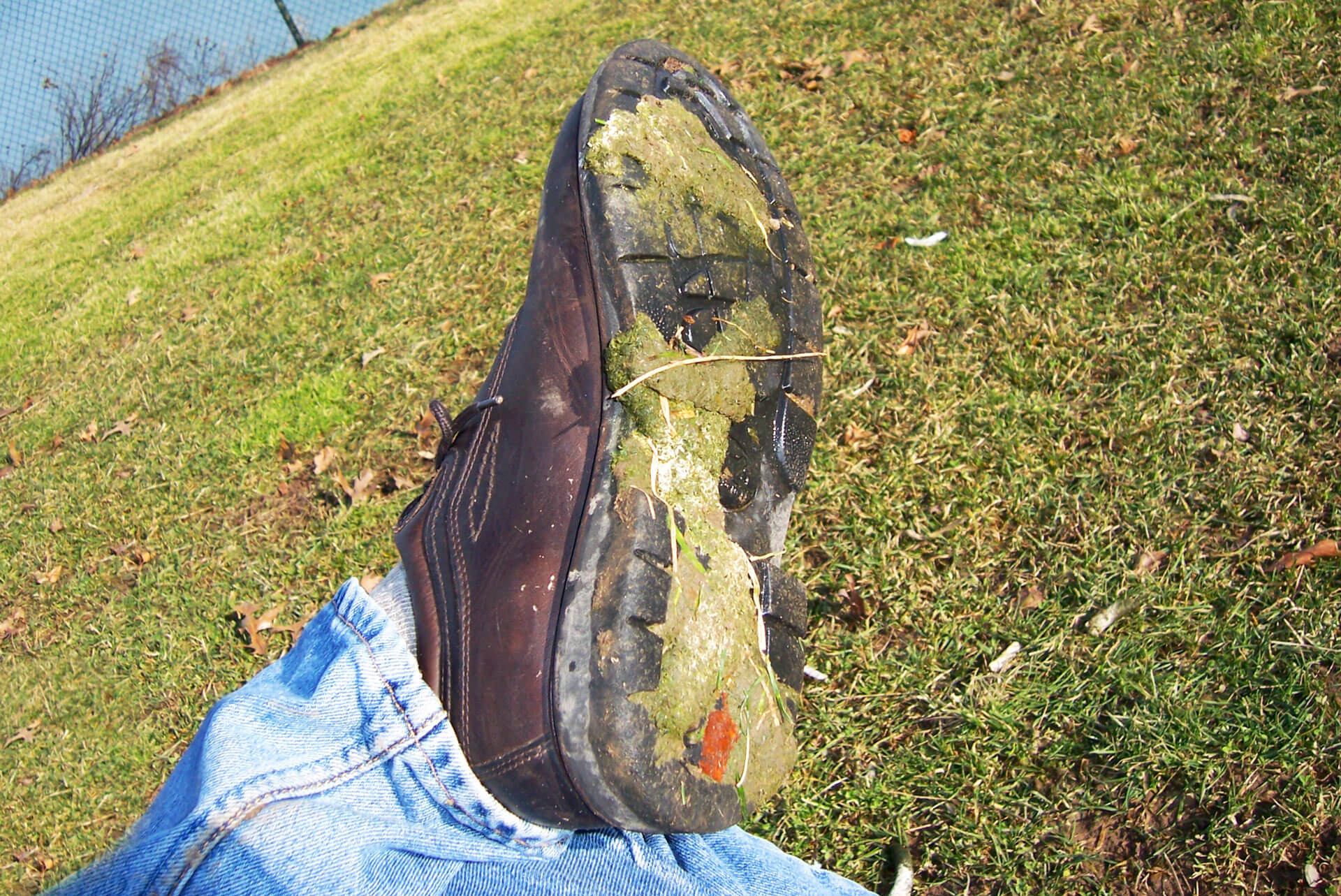
Damage caused by Canada geese at airports
Experts put the total losses for wildlife strikes at $625 million per year in direct damage and associated costs, and over 600,000 hours of aircraft downtime. In an industry that runs on razor thin margins at virtually every level, those losses could be crippling. Financial losses pale in comparison with the loss of life that occurs in some
wildlife strikes.
Bird strikes are the greatest potential hazard to aircraft because of their size, abundance, or habit of flying in dense flocks. This time of year, airplanes are at a much greater risk to bird strikes by Canada geese.
These bird strikes increase during the migration months of March, April, August, September, October and November. The altitudes of migrating Canada geese vary with winds aloft, weather fronts, terrain elevations, cloud conditions, and other environmental variables. While over 90% of reported bird strikes occur at or below 3,000 feet, strikes at higher altitudes are common during migration. Pilots are cautioned to minimize en route flying at lower altitudes during migration.
The US Department of Transportation reports the birds smack into American planes five times more often in 2012 than they did in 1990.
Reducing Bird Strike Risk
Pilots are encouraged to review their emergency procedures when operating from airports with known bird hazards or when operating near high bird concentrations (ie. major migratory flyways). The most serious strikes involve when a Canada goose is ingested into an engine and there is a sudden loss of power or engine failure or windshield strikes which result in pilot confusion, loss of communication or aircraft control problems. An experienced pilot will be able to avoid collision by climbing to higher altitudes and handle an emergency. Canada geese can be blamed for the “Miracle on the Hudson” crash outside New York City in January 2009, disaster was averted through the quick actions of the pilot.
It is also important for pilots to report bird strikes (http://wildlife.faa.gov). The data derived from these reports are used to develop standards to cope with this hazard and provide data for control efforts.
Ohio Geese Control helps airports develop a wildlife management plan which takes many factors into consideration including: public perception, cost and permits. Some methods that are involved in an overall plan include: removal, habitat modification, chemical repellents, audio/visual repellents, and trained border collies. The combination and timing of the tactics in the plan is key to lowering the geese populations in and around airports.

An Interview with Ohio Geese Control
Ohio Geese Control is excited to spread the word on how to manage geese and keep the public safe during nesting season. Thank you to Megan Hartnett, of WTOL […]
Read More
Canada Geese Fall Migration in Ohio
Canada Geese are known for their seasonal migrations. Each fall hundreds of thousands of Canada geese pass through Ohio in their famous v-formations, honking up a storm. When you look […]
Read More
Diseases that Canada Geese Carry
The flu hit our family hard this season, and it sparked a conversation in our household about what diseases Canada geese carry and if it is a health risk […]
Read More